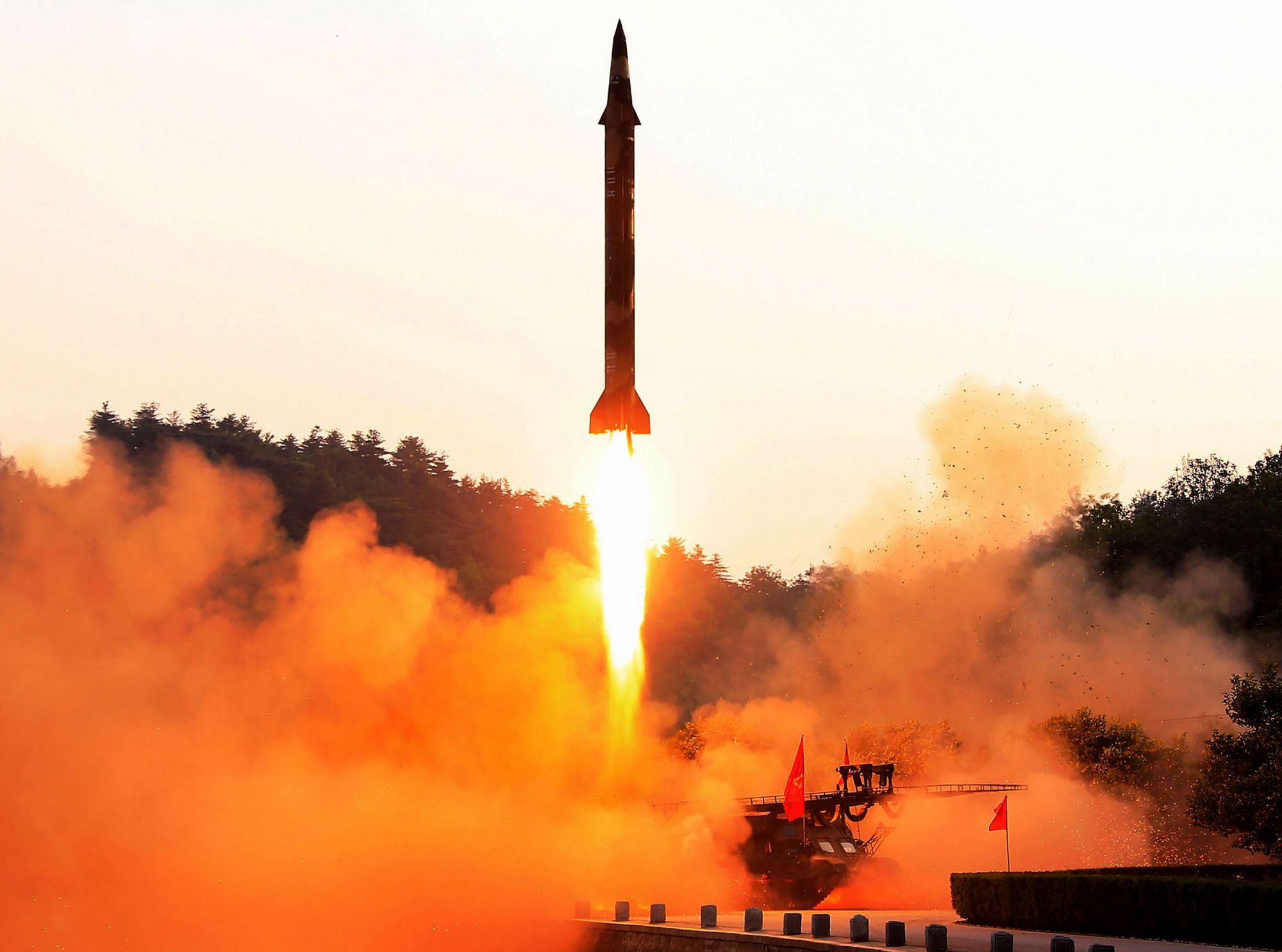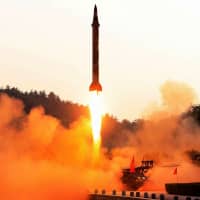The Pentagon is about to attempt what's likely to be the most challenging test yet of the U.S. military's ability to shoot down an incoming missile from an adversary such as North Korea or Iran, according to three people familiar with the plans.
The Missile Defense Agency intends on Monday to fire two interceptors tipped with the latest Raytheon Co. warheads within seconds of each other in a test that hasn't been publicly announced. The first interceptor would attempt to crash into a dummy target representing an incoming intercontinental ballistic missile. The second would use its sensors to detect another ICBM or other countermeasures.
Monday's action would be first missile defense test since a successful one in May 2017. The system also scored an interception in June 2014 after two that failed in 2010.
Mark Wright, a spokesman for the Missile Defense Agency, said in an email said he had "nothing to announce at this time."
The $36 billion system of Boeing Co.-managed radar, command links and 44 ground-based interceptors in California and Alaska is designed to defeat a missile attack. The Pentagon is requesting $9.4 billion in fiscal 2020 for the agency's programs, including $1.4 billion for the ground-based segment — an increase from the $9.36 billion previously planned.
The interception attempt is the program's first operational flight test and "if successful, will have demonstrated a fundamental, yet crucially important, aspect of how the war-fighter will operate" the system in a missile attack on the U.S. homeland, said Cristina Chaplain, space and missile defense systems director for the Government Accountability Office, in an email.
"The test has been delayed by over a decade, as it may be the most challenging test in the program's near-30-year history," she said.




















With your current subscription plan you can comment on stories. However, before writing your first comment, please create a display name in the Profile section of your subscriber account page.